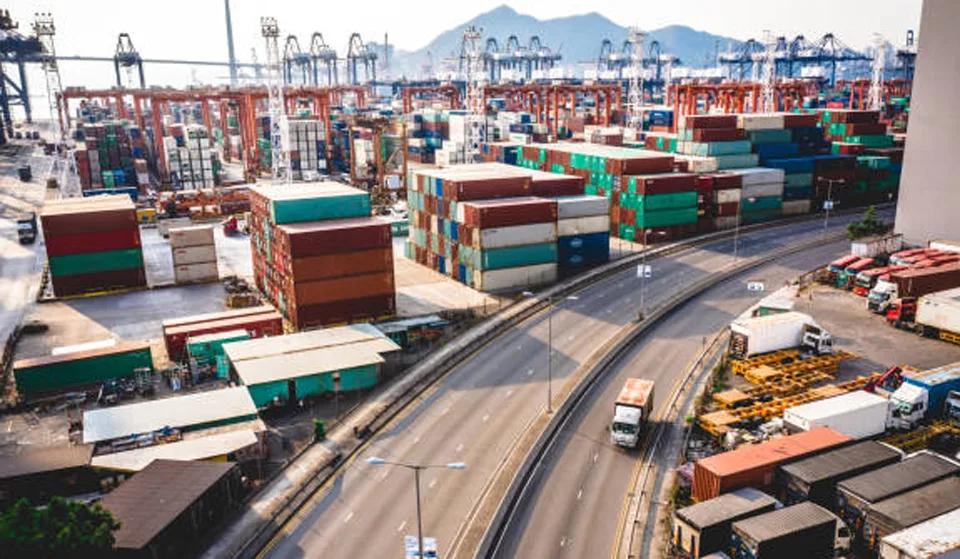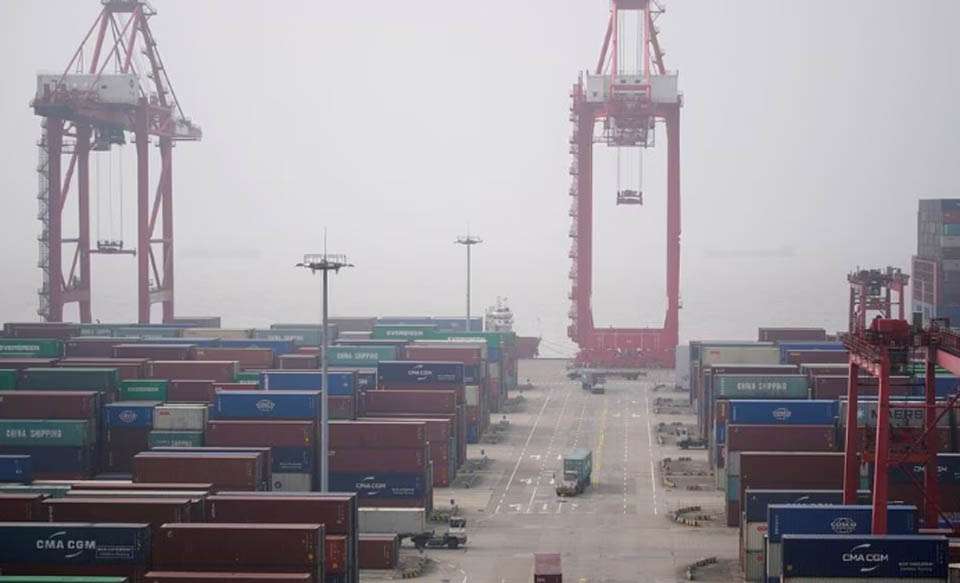
China has been expanding its maritime presence, focusing on maritime surveillance and control through economic investments, technology, and strategic partnerships. This expansion is tied to the broader geopolitical strategies of the Chinese government under President Xi Jinping, including the Belt and Road Initiative (BRI).
The BRI aims to connect China to the world through infrastructure projects, many of which have a maritime component. China’s maritime projects, such as the China-Pakistan Economic Corridor and the China-Myanmar Economic Corridor, provide China with significant geopolitical leverage. By investing in and controlling key maritime assets in various countries, China can shape their economic and political landscapes, raising concerns among neighboring nations and global observers.
The Rise of Maritime Surveillance
China’s maritime strategy relies on its extensive surveillance network, which includes satellites and unmanned underwater vehicles (UUVs). This technology allows China to monitor maritime traffic, assert claims in disputed waters, and ensure sea lanes’ security. The China Coast Guard (CCG), a civilian agency, operates one of the world’s largest fleets of law enforcement vessels, often used to enforce China’s territorial claims in the South China Sea. This has led to tensions with neighboring nations, but has allowed China to control disputed waters without resorting to military force.
Strategic Partnerships and Diplomacy
China’s maritime influence extends beyond infrastructure and hardware, relying on strategic partnerships and diplomacy. Platforms like the Shanghai Cooperation Organization and the China-Africa Cooperation Forum strengthen maritime ties and expand China’s influence. China also supports maritime infrastructure projects in partner countries through initiatives like the Asian Infrastructure Investment Bank (AIIB). In addition to military and surveillance, China invests in and controls key shipping routes and ports worldwide, such as Hambantota Port in Sri Lanka and Gwadar Port in Pakistan.
These investments give China significant economic leverage over countries relying on these ports, but the debt traps and dependency created by these investments are a concern for many nations. China’s growing maritime influence has significant global implications, challenging the US’s traditional dominance and altering the Indo-Pacific region’s power balance. The South China Sea remains a hotspot for China’s maritime surveillance and control capabilities.
China’s economic leverage through shipping and port control raises questions about the long-term implications of debt dependency and economic coercion. China’s maritime strategy extends beyond military power, investing in infrastructure, technology, and strategic partnerships. As the world watches these developments, it becomes clear that China’s maritime ambitions are central to its quest for global influence and power.






